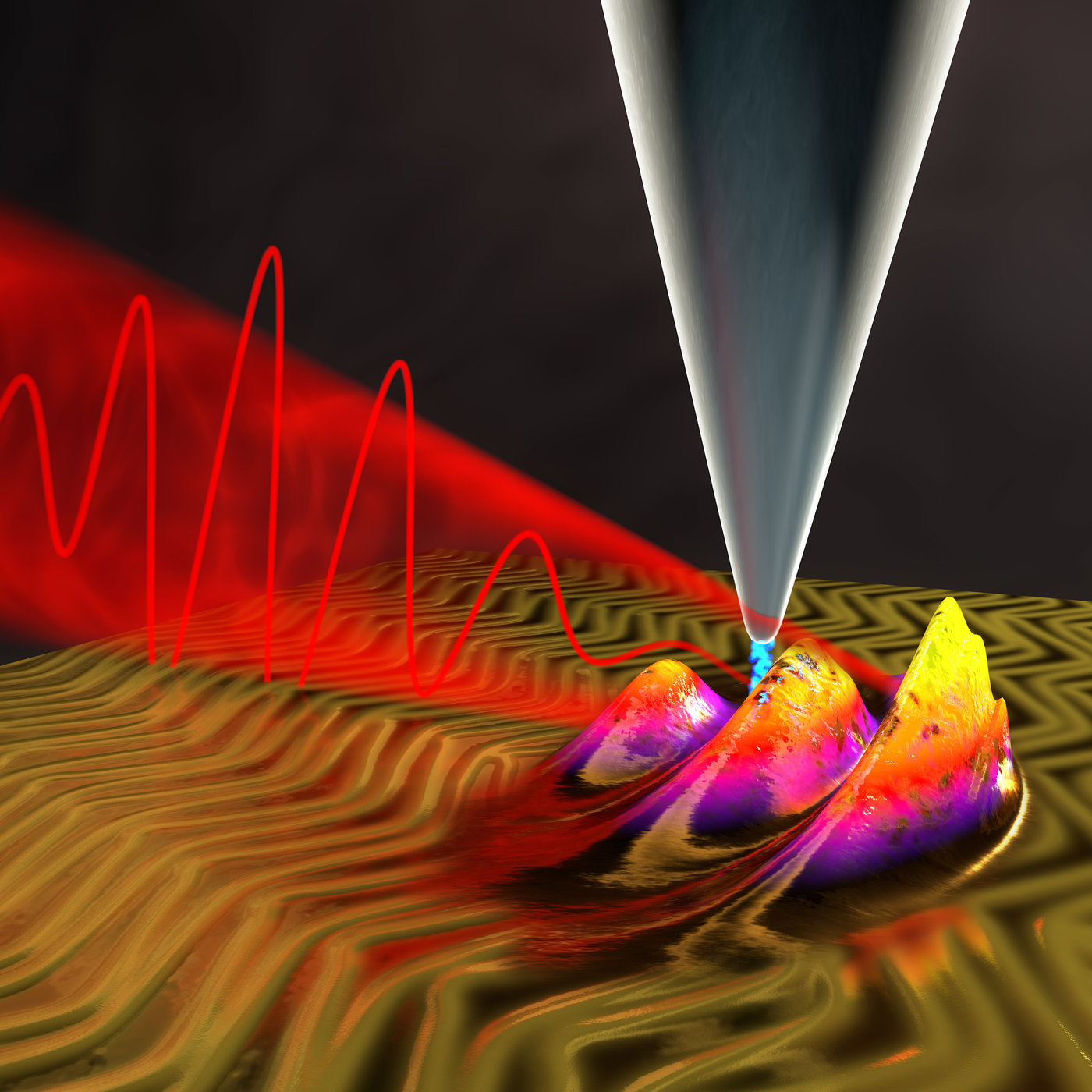
There are still many riddles left in the world of quantum technology. In order to understand what goes on at that level with the smallest particles, it would be nice if we could understand how processes unfold. Scientists Manish Garg and Klaus Kern have now made that happen. They designed a microscope that can be used to film extremely fast processes in the quantum world. And in HD quality.
This camera for the quantum world is capable of tracking the movements of electrons to the level of an atom. Scientists expect to gain new insights this way that may lead to the creation of extremely fast and tiny electronic components. Sending information via fibreglass could be done up to one million times faster.
The processes involved in the quantum world are complex, even for the most keen physicists. For example, what happens in the increasingly powerful computer or smartphone components takes place not only incredibly quickly, but also in ever-smaller spaces. In order to analyze these processes and optimize transistors, filming how electrons behave could provide new insights.
You need a high-speed camera to do this. One that exposes each individual frame of electron footage for just a few hundred attoseconds. An attosecond is one billionth of a billionth of a second. That is exactly the time it takes for light to travel through a water molecule. Physicists have been using similar short laser pulses as an attosecond camera for several years already. Another technique for taking photos at an atomic level is scanning tunneling microscopy.
Quantum camera accurately captures an electron on an atomic level
However, so far attosecond footage has only provided a snapshot of an electron against a virtually vague background. Thanks to the work of Klaus Kern (director of the Max Planck Institute for Solid State Research) and Manish Garg, a scientist in his department, researchers can now see exactly where the filmed electron is. Even on an atom.
“By combining a scanning tunneling microscope with ultra-fast laser pulses, we have made good use of the advantages of both methods in order to offset their respective disadvantages,” Manish Garg states. The researchers use the extremely short flashes of light to fire at the tip of the microscope. This is positioned with atomic precision and the the tunneling process is initiated as a consequence. This is how the high-speed camera that’s built for the quantum world is now capable of delivering HD resolution.
Paving the way for computers that are a million times faster
Thanks to the new technology, physicists can now measure to within a few hundred attoseconds and a single atom exactly where electrons are located and how they behave. Such as molecules out of which a high energy flash of light has catapulted an electron causing the remaining negative charge carriers to rearrange and the molecule to potentially engage in a chemical reaction with another molecule. “The ability to film electrons on live molecules, in their natural local and temporal scales, is crucial to understanding such things as chemical reactivity. And the conversion of light energy into charged particles like electrons or ions,” says Klaus Kern, director of the Max Planck Institute for Solid State Research.
What’s more, the technology doesn’t just electron trajectories to be traced via future processors and chips. It is also capable of drastically speeding up the charge carriers. “Electrons oscillate in today’s computers at a frequency of one billion hertz,” says Klaus Kern. “Using ultrashort light pulses, it may be possible to increase their frequency to a trillion hertz.” Researchers could use this light wave turbo to pave the way for light wave technology that could make computers millions of times faster.
A summary of the research was published last Friday in the Science scientific journal.
You can read more IO articles on quantum technology via this link.

